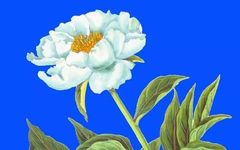Herb Name: Bai Shao (White Peony)
Alias: Shao YaoHarvesting and Processing: Collected in summer and autumn, cleaned, removing the ends and fine roots, boiled in water to remove the outer skin or peeled before boiling, then dried in the sun.Medicinal Part: RootOrigin: ZhejiangFamily: RanunculaceaeOriginal Plant: Paeonia lactifloraPlant Characteristics: Perennial herb
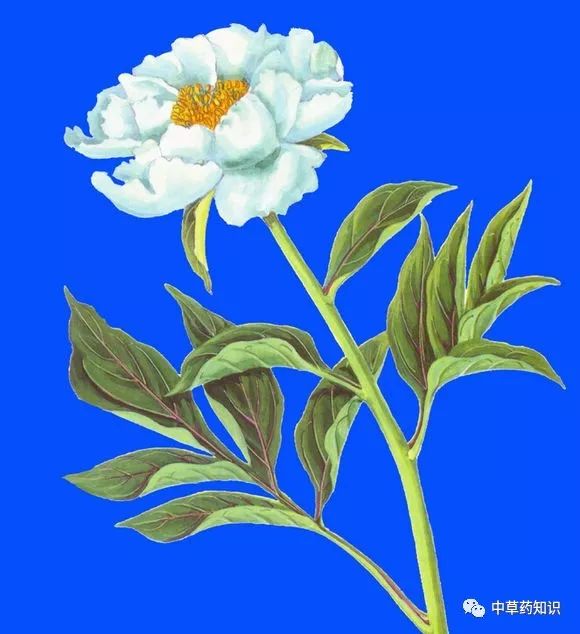
Height 50-80 cm. The root is thick, usually cylindrical or slightly spindle-shaped. The stem is erect, smooth, and hairless.
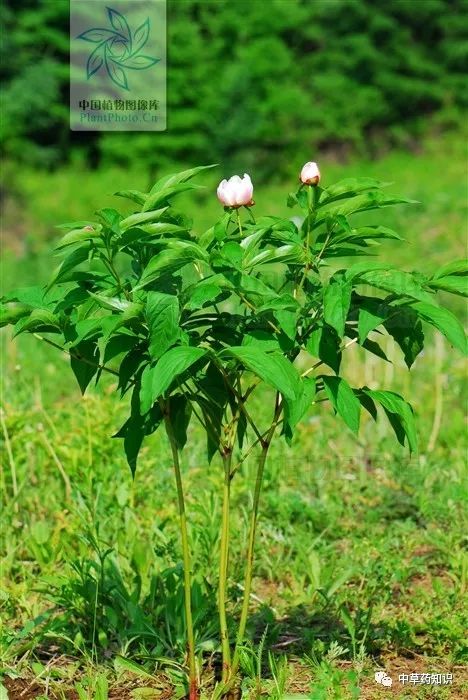
Leaves alternate; with long petioles; 2-3 times compound leaves, leaflets oval to lanceolate, 8-12 cm long, 2-4 cm wide, apex gradually pointed or sharp, base wedge-shaped, entire margin, with very fine papillae on the margin, dark green above, light green below, with raised veins on the underside, often with red at the base.
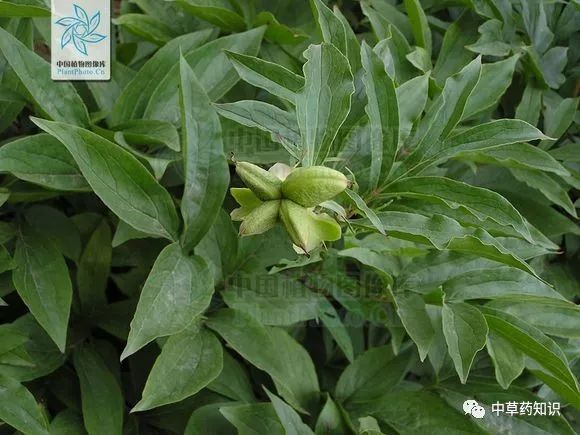
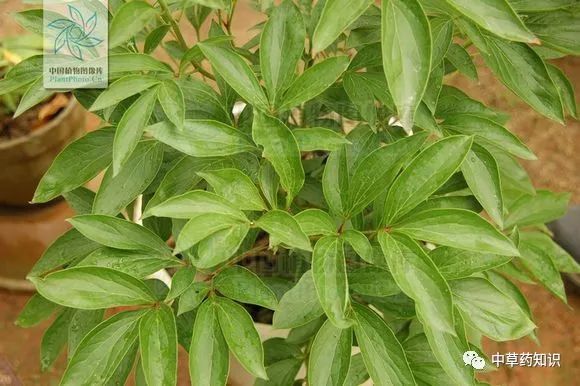
The flowers are very large, solitary at the top of the flower stem, with 2-5 flowers per stem, stem length 9-11 cm; sepals 3, leaf-like; about 10 or more petals, ovate, white, pink, or red; numerous stamens, anthers yellow; 3-5 carpels, separate. Flowering period is from May to July.
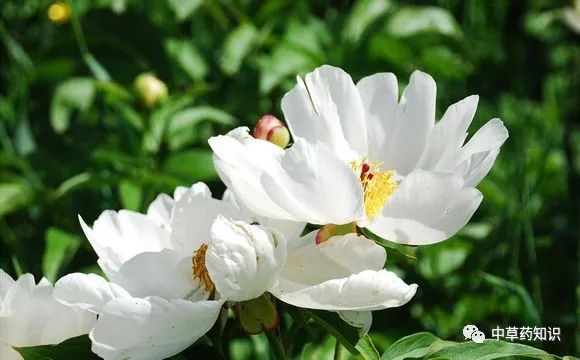
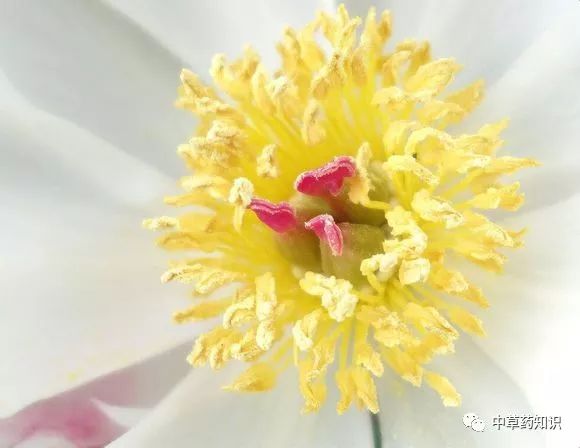
Fruits are 3-5 follicles, oval, with a hooked tip bending outward. Fruit period is from June to July.

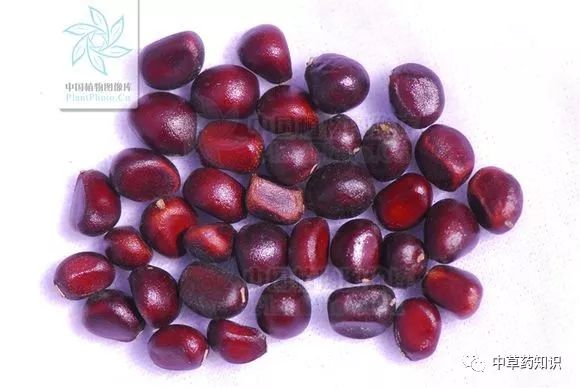
Characteristics of Bai Shao: The product is cylindrical, straight or slightly curved, with flat ends, 5-18 cm long, and 1-2.5 cm in diameter. The surface is whitish or light reddish-brown, smooth or with longitudinal wrinkles and fine root marks, occasionally with remnants of brownish outer skin. The texture is solid, not easily broken, with a relatively flat cross-section, whitish or slightly reddish-brown, with distinct growth rings and radial rays. The aroma is mild, with a slightly bitter and sour taste.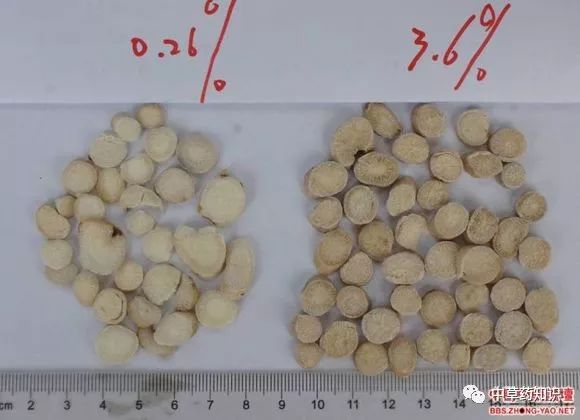
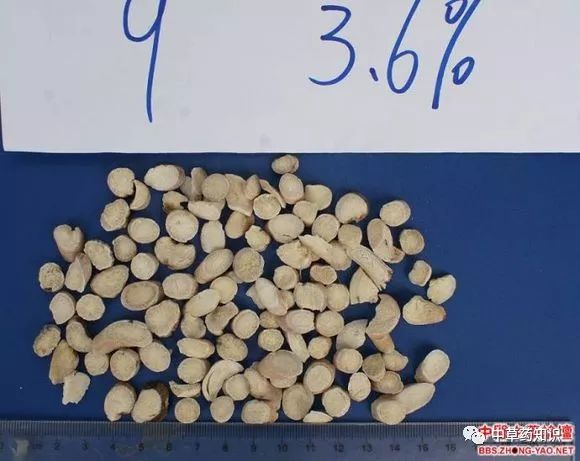
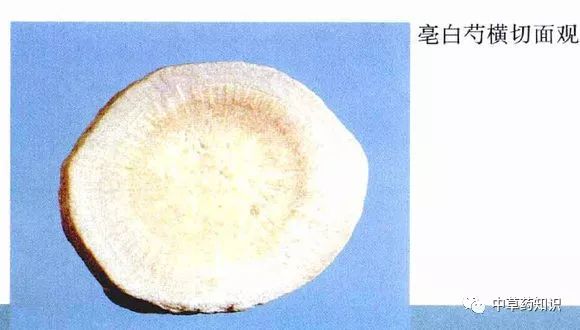
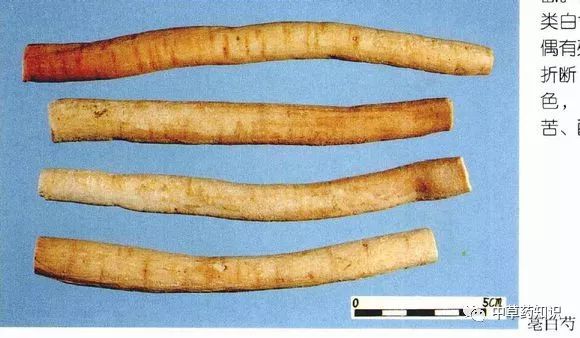
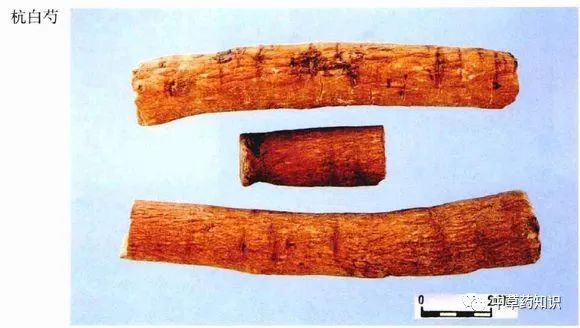
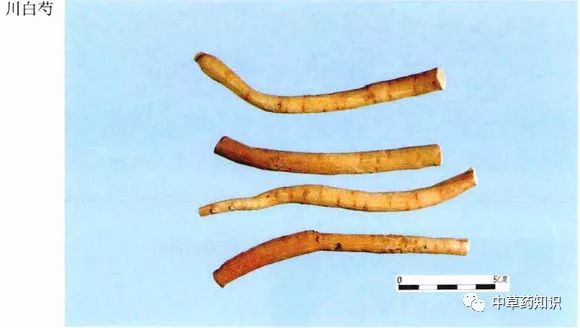
Fresh Bai Shao dried in the sun
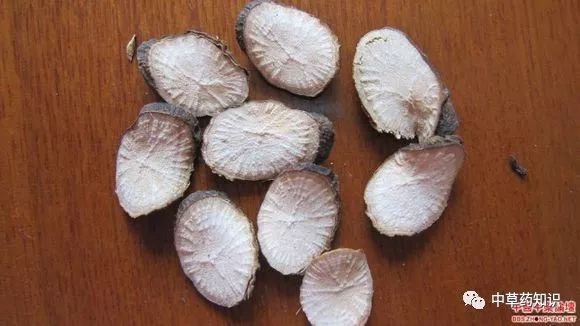
Roots with radial striations, thick, solid, without white heart or cracks are preferred. When held in hand, they should feel hard like a brick, and a dull color is best.
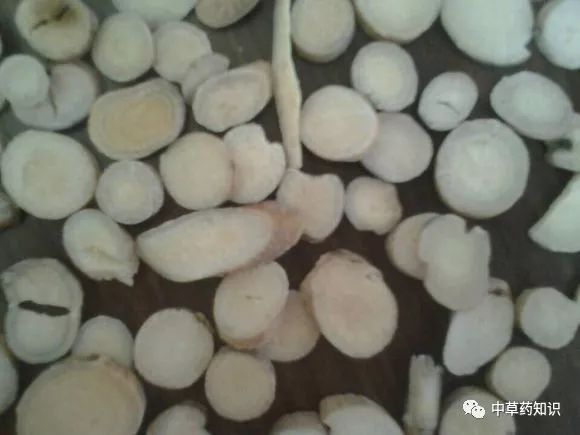
Bai Shao that is pink, green, or has high moisture content is not good.
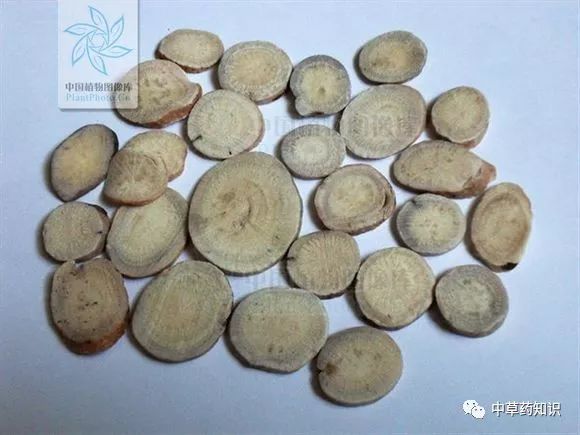
Bai Shao Properties: 【Compendium of Materia Medica】 Bai Shao has a bitter and neutral flavor. It is indicated for abdominal pain due to evil qi, alleviates blood stasis, breaks up cold and heat accumulations, stops pain, promotes urination, and tonifies qi. It has a sour, slightly bitter, and slightly cold nature, entering the Liver (Gan) and Gallbladder (Dan) meridians. It clears wind when entering the Liver, and drains heat when passing through the Gallbladder. It is effective in calming the heart and alleviating abdominal pain and fullness, dispersing heat and fullness in the chest and flanks, and relieving leg cramps. It can stop vomiting and bleeding, and is effective for diarrhea and dysuria, as well as for hemorrhoids and scrofula. When the fire of the heart is constrained, it leads to yang leakage and anxiety. In the case of Shao Yao, it clears the reverse rising of the heart fire. Yang is rooted in water, rising in the Liver and Spleen, transforming into fire. Cold water and damp earth can obstruct the upward movement of Liver wood, leading to stagnation and pain in the abdomen. The wind and wood qi of the Jueyin can cause stagnation and anger, leading to wind dryness. Therefore, diseases of the Jueyin must have wind evil. Wind is dispersive, and by suppressing the wind wood, it can regulate the flow of qi, whether it is for diarrhea, dysentery, bleeding, or leucorrhea, all of which stem from stagnation and desire to disperse, ultimately leading to stagnation again, whether it is obstructed or flowing, all are due to wind dryness. Bai Shao, being sour and cold, enters the Liver, specifically clears wind dryness and restrains dispersal, thus effectively treating diseases caused by wind and wood stagnation. It clears both the Liver and Gallbladder, and has quick effects.【Origin】 Found everywhere, it is a perennial herb, growing wild in mountains or cultivated, as the peony flower is beautiful. The root is spindle-shaped, with a light brown exterior and white interior; the slightly red variety is called Chi Shao (Red Peony).【Properties】 Bitter and sour, neutral, non-toxic.【Indications】 Bai Shao is a key herb for draining the Liver and calming the Spleen, alleviating water retention, nourishing blood, dispersing stasis, clearing heat, and benefiting the intestines. It is used for abdominal pain, dysentery, and various conditions before and after childbirth, making it a valuable herb for gynecological issues.【Additional Notes】 It promotes blood circulation, alleviates stasis, expels water, benefits the bladder and intestines, reduces swelling, and treats cold and heat conditions, abdominal pain, and lower back pain.【Daming】 It treats all diseases in women, conditions before and after childbirth, alleviates wind and fatigue, reduces fever and anxiety, tonifies qi, alleviates headaches and red eyes, brightens vision, treats intestinal wind and blood in stool, hemorrhoids, and skin sores.【Elements】 It drains the Liver, calms the Spleen, restrains lung qi, stops diarrhea and dysentery, consolidates the pores, regulates blood vessels, and restrains yin qi from rising.【Haogu】 It regulates the middle qi, treats Spleen deficiency and fullness, chest tightness, flank pain, belching, lung distension, and cough, nosebleeds, eye dryness due to insufficient Liver blood, and conditions of the Yangwei channel with cold and heat, and abdominal pain and fullness in the waist as if sitting in water. (Blood stasis refers to blood coagulation in the skin causing pain).【Rongchuan】 It is a spring flower, and its root is slightly sour, thus it can restrain Liver wood, lower fire, and promote blood circulation. Its bitter nature is lighter, hence Bai Shao only slightly lowers, while Da Huang (Rhubarb) has a stronger lowering effect. Its bitter taste can drain blood, and its white color can also promote the flow of water in the qi division.【Medicinal Indications】 It is indicated for solid and constricted conditions, and also treats abdominal pain, headaches, numbness, fullness, cough, and pus-filled swellings.【Ling Tai】 It calms the Liver and alleviates pain.【Dosage】 Generally 6-15 grams.【Contraindications】 It should not be used with Li Lu, Mang Xiao, Bie Jia, or Xiao Ji.【Properties】 Bitter, sour, slightly cold.【Meridians Entered】 Liver and Spleen.【Functions and Indications】 Calms the Liver and alleviates pain, nourishes blood and regulates menstruation, restrains yin and stops sweating. Used for headaches, dizziness, flank pain, abdominal pain, limb cramps, blood deficiency with yellowing, irregular menstruation, spontaneous sweating, and night sweats.【Dosage】 6-15g.【Caution】 Not suitable for use with Li Lu.

